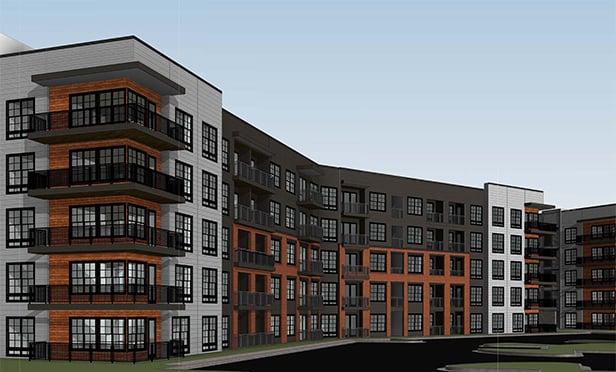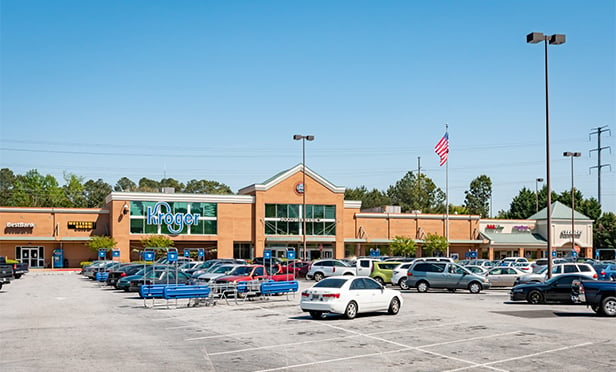NEW YORK CITY—As the unemployment rate goes, so goes CMBS delinquency. That's the conclusion reached by Standard & Poor's, which forecasts the late-pay rate to decline across 2015 in line with the rate of joblessness.
Specifically, the ratings agency is predicting a decline of between 50 and 100 basis points in the overall CMBS delinquency rate by year's end. “After analyzing historical and distressed loan data, vintage characteristics, maturity schedules and regression testing against the national unemployment rate, and based on the 6.69% Standard & Poor's delinquency rate in December 2014”—down 123 bps year over year—“we expect CMBS delinquency to be in the 5.6% to 6.1% range by the end of 2015,” according to an S&P report prepared by credit analyst Tamara Hoffman.
S&P has disseminated an unemployment forecast of around 5.2% in 2015, while the Federal Reserve also circulated forecasts for unemployment of 5.4%-5.6% in 2015. “Based on these unemployment predictions, we performed a regression analysis and looked at the relationships between the variables to determine what the stochastic simulation used to predict future values would indicate for the 2015 year-end delinquency rate,” Hoffman wrote. “The 5.6% unemployment rate projection was the number we opted to use.”
Historically, CMBS delinquencies see a steep rise to the range of 30% to 45% roughly 10 years after a loan pool's origination. Higher-quality loans typically refinance or pay off as they approach maturity, with S&P noting that this is especially prevalent in “times of high issuance or low long-term interest rates, or both. This results in a type of adverse selection where only weaker loans remain.” Recently, Hoffman observes, “the heights of these peaks have declined because the economy and commercial real estate performance have broadly rebounded, which we attribute, in part, to recent federal stimulus program.”
Loans originated between 2005 and 2007 are the main drivers of current delinquency rates, making up close to 60% of the total loan balance outstanding. “Considering that vintage year 2005 aggregates to 17% of the rated population, we expect the larger loan base anticipated to pay down, refinance or liquidate will decrease the delinquency rate because a large portion of vintage year 2005 loans have distressed attributes,” writes Hoffman. “We do believe the 2005 vintage's delinquency rate will be close to the 30% to 40% range at year-end 2015, but the outstanding loan balance will be significantly reduced.”
In particular, Hoffman writes, “the unemployment rate is a good leading indicator to office and retail sector delinquencies because these property types tend to see lagged declines in delinquency compared with unemployment rates.” The two sectors constitute the largest property types and aggregate to around 60% of the loans within the S&P-rated CMBS universe.
“We expect these two property types to continue to show steady declines in delinquency throughout 2015, although we may see certain regions adversely affected by the oil and energy markets and an uptick in office delinquency rates,” writes Hoffman. Additionally, the historical data indicate a strong correlation between delinquency rates in the multifamily sector—the third largest property type in CMBS at 15% of the loans—and unemployment rates.
© Touchpoint Markets, All Rights Reserved. Request academic re-use from www.copyright.com. All other uses, submit a request to [email protected]. For more inforrmation visit Asset & Logo Licensing.







